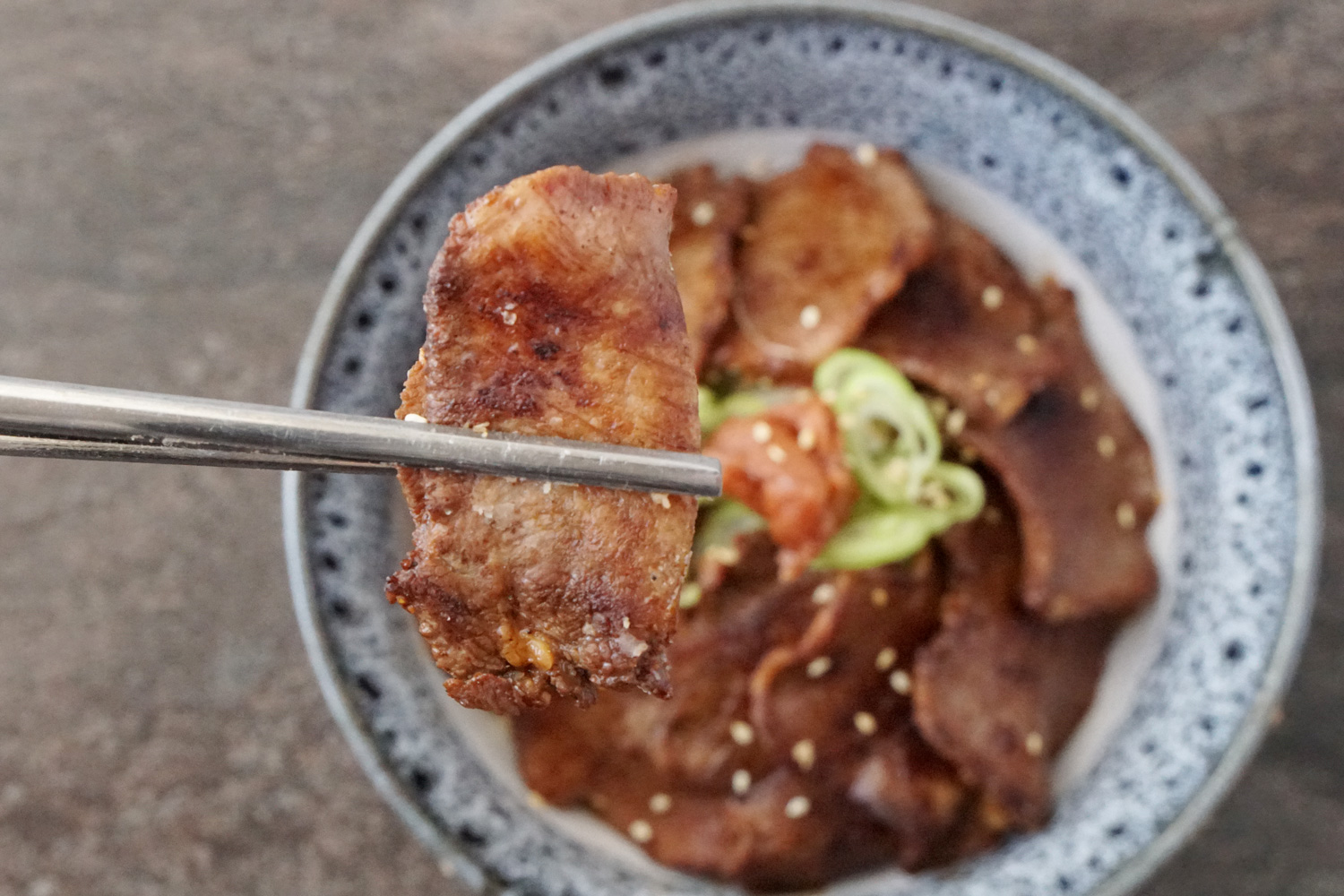Refreshing Asian Side Dishes to Pair with Your Barbecue
Pair your hearty barbecues with these refreshing Asian delights!
Discover the authentic in Asian cuisine food
Around the World, Weird and Wonderful



Beef is a big deal in Japan. We’ve all heard of the delectable, so-tender-it-melts-in-your-mouth cuts of wagyu and kobe that the island nation is famous for. Head down to a gourmet butcher and you’ll see slabs of the stuff going for $250 a kilo.
It’s not tuna money, but we’re talking about a seriously luxurious product. Something loved and lusted for the world over.
The city of Sendai in Japan’s Miyagi prefecture – Karate Kid fans stand up! – is famous for serving another Japanese beef product, but of a slightly different nature. Located about 4.5 hours north of Tokyo, Sendai is known as the centre of gyutan.
Nose-to-tail eating has been making a comeback in foodie circles across Australia, but one part of the beast that’s failed to get tongues wagging is, well, tongues. But in Japan people travel from across the country to wrap their laughing gear around some.
The story goes Sano Keishirō, the owner of a yakitori restaurant in Sendai, was the father of gyutan. “Gyu” is Japanese for “cow”, while “tan” is a variant on the English word for “tongue”, and in 1948, Keishirō opened a new restaurant specialising in gyutan. His chefs would grill perfectly seasoned pieces of tongue over charcoal for roughly 20 seconds per side, then serve it along-side barley rice and soup made from cow tail. The ingredients were chosen mostly due to their availability during the food shortage brought about by World War II. Even today, years after his death, Keishirō’s restaurant Tasuke is still regarded as one of the best places to eat gyutan in the world, with tongue-fans travelling from across Japan to eat at this culinary mecca.
Despite the obvious branding issues a dish made of tongue presents, gyutan grew in popularity quickly. There are now over 22,000 yakiniku restaurants across Japan and nearly all of them serve gyutan.
The Japanese mindset on food has a large bearing on the growth in popularity of gyutan. Elizabeth Andoh, a Japanese food expert, told CNN “The Japanese are, in general, all for using food fully. It’s a mindset that if you’re going to be slaughtering the beast you should be using everything that’s edible from it.”
Despite their holistic beef eating philosophy, gyutan restaurants almost exclusively use tongues imported from the United States. This is largely due to the diet of the cows raised in the U.S compared to other countries like, say, Australia.
Joe Schuele, vice president of communications at the U.S. Meat Export Federation – so maybe a bit biased – told CNN “U.S. feeding practices also ensure that U.S. tongues have a higher level of tenderness because it is corn-fed. Grass-fed tongues require that the muscle surface is removed because that portion tends to be very tough.”
The first thing that strikes you about gyutan when you eat it is just how normally beefy it is. While it’s chewier than eye-fillet, it’s no worse than any regular cut and still has a delicious meaty taste. With the addition of salt and the char from the grill, you have a delicious meal that compares favourably with any minute steak served anywhere.
If gyutan is anything it’s a wonderful entry-level dish for those wishing to embark on their own nose-to-tail journey. The disarmingly familiar flavours and textures make you feel safe, and it’s a quick meal to get through. If sustainable eating gets your socks going up and down, then give gyutan a try or, even get your hands dirty and cook it up at home. Check out our very Gyutan Don recipe.

Pair your hearty barbecues with these refreshing Asian delights!

What are the properties of ginger, and how to pick, store and use ginger in your cooking? Find out here!

Yummify your summer dishes with the savoury and versatile fish sauce – the Southeast Asian flavour-maker!